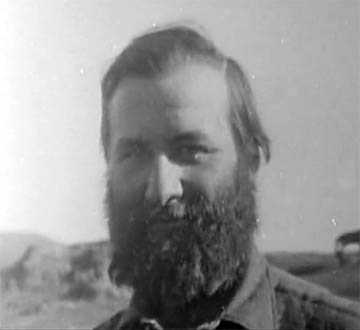
Date of Birth: November 18, 1883
Place of Birth: Providence, Rhode Island
Date of Death: March 16, 1969
Place of Death: New York City, New York
James Lippitt Clark was a well-known taxidermist, photographer, sculptor and explorer. After studying at the Rhode Island School of Design, he apprenticed at the Gorham Silver Foundry.
In 1902, director of the American Museum of Natural History Harmon C. Bumpus hired Clark, who was known for his skill in animal sculpture. While working in the employ of John Rowley, Clark sketched animals at the Central Park Zoo and the Bronx Zoo. Bumpus wanted to develop a staff at the AMNH capable of producing the realistic, natural displays that Carl Akeley had created as Chief Taxidermist at the Field Museum from 1896 to 1909. Akeley was persuaded to mentor Clark and they became lifelong friends as well as colleagues.
Clark and Akeley both had great talent. They loved nature, art, and working on all things mechanical. Clark returned to the AMNH and kept in constant communication with Akeley, adopting Akeley’s new taxidermy method of sculpting animals bodies, creating mannequins, and adding skin.
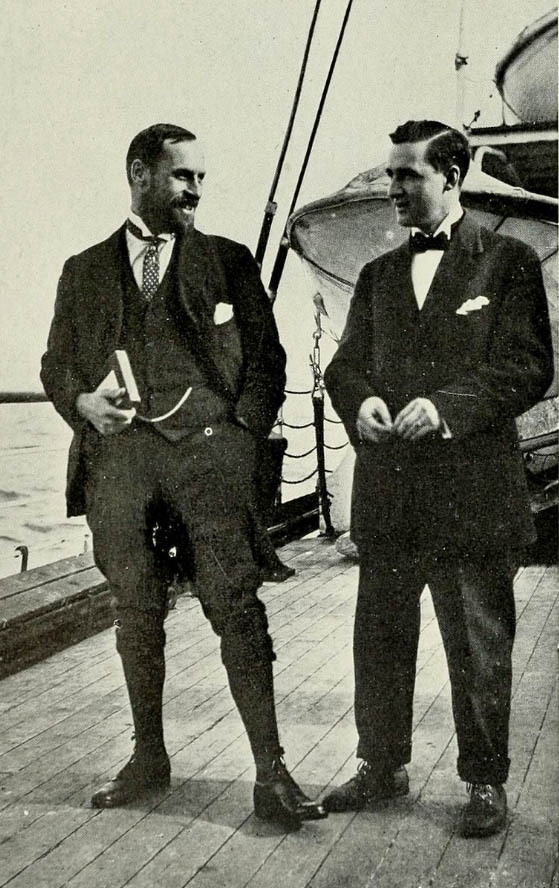
In 1908 he traveled to Africa with Arthur Radclyffe Dugmore to take photographs for Collier’s Weekly. On this trip Clark produced the “first film to record African wildlife.” He brought back specimens for hunters like Theodore Roosevelt and for American museums. He returned regularly to Africa and also traveled to Asia to collect zoological specimens. Clark was a member of the National Sculpture Society, the New York Zoological Society, and the American Geographical Society.
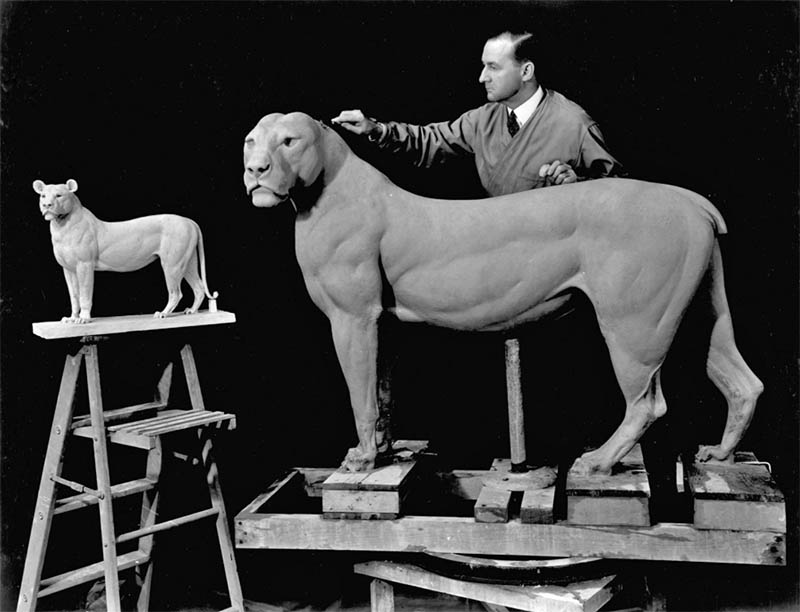
In 1926, with Carl Akeley’s untimely death, Clark took on the leadership role in terms of the AMNH’s projects including the construction of the diorama halls, the Vernay Asiatic Hall, the Akeley African Hall, the Birds of the World and Ocean Life halls. He was co-director of the Morden-Clark Asiatic expedition and for a number of years he was with Akeley in Africa.

As an expert taxidermist he was responsible for some of the most notable groups that are on display in New York. He was also a sculptor and made some distinguished studies of wild animals.
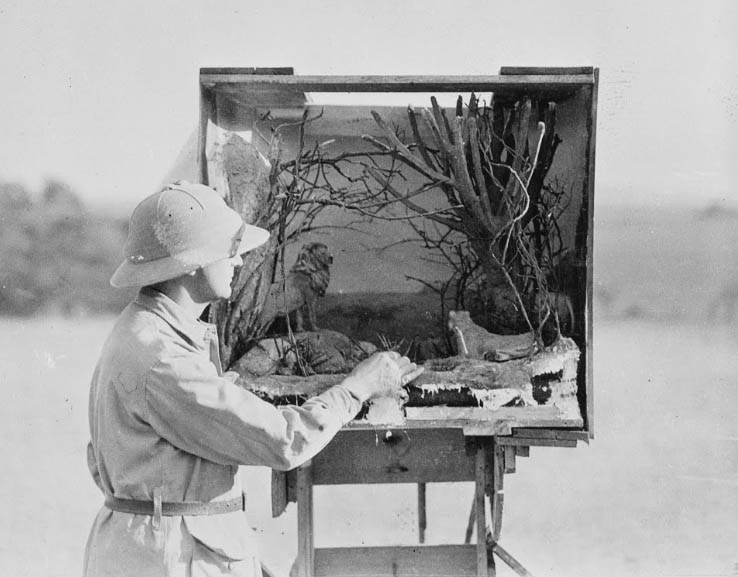
In 1934, eight years after Akeley’s death, his influence was still strongly felt at the AMNH, where he was considered to be a diorama expert. Clark, Henry Fairfield Osborn and William R. Leigh were “transforming the museum exhibits” in the early 1930s. Others included Francis Lee Jaques, Robert Rockwell, Belmore Brown, Carl Rungius, and Hanson Puthuff.
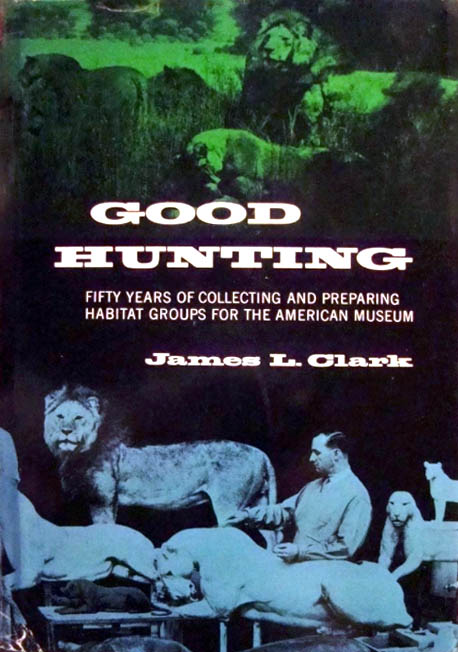
In 1966 Clark published the book Good Hunting: Fifty Years of Collecting and Preparing Habitat Groups for the American Museum.
James L. Clark died in New York in 1969 at the age of 85.

